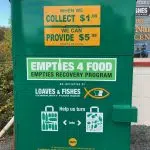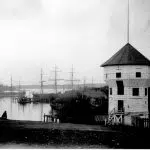
Puerto Ricans left homeless after biggest quake in century
GUANICA, Puerto Rico — Cars, cots and plastic chairs became temporary beds for hundreds of families who lost their homes in southwest Puerto Rico as a flurry of earthquakes struck the island, one of them the strongest in a century.
The magnitude 6.4 quake that struck before dawn on Tuesday killed one person, injured nine others and knocked out power across the U.S. territory. More than 250,000 Puerto Ricans remained without water on Wednesday and another half a million without power, which also affected telecommunications.
Another strong aftershock of a 4.7-magnitude struck on Wednesday near the island’s southern coast at the same shallow depth as Tuesday’s earthquake. No serious damage was immediately reported.
More than 2,000 people were staying in government shelters in the island’s southwest region as U.S. President Donald Trump declared an emergency and Puerto Rico Gov. Wanda Vázquez activated the National Guard.


